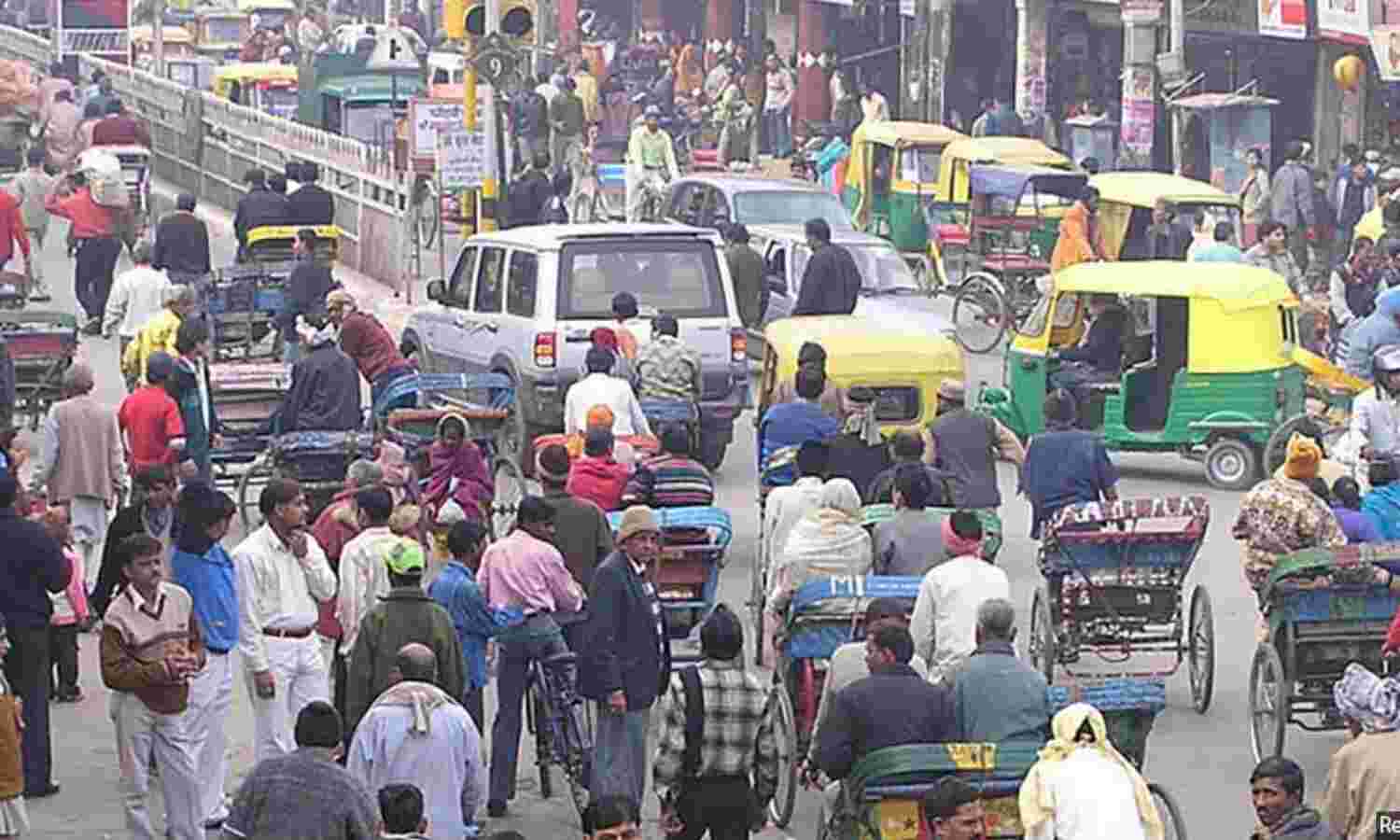In 10 Years To 2016, India Progressed On 1 Of 6 World Bank Governance Indicators

Except corruption, India’s position on the World Bank’s global governance indicators either worsened or remained unchanged in 10 years to 2016, according to World Bank data.
India improved its ranking by 13 positions over the decade to 2016, moving to 111 from 124 among 214 regions on the World Bank’s corruption indicator, released once every two years beginning 1996 and every year since 2003; fell by one position each on government effectiveness (to 90 from 89) and political stability (to 181 from 180), by eight positions on rule of law (to 100 from 92) and three positions on regulatory quality, and remained where it was on accountability of public institutions.
| How India's Position Changed In Governance Indicators, 2007-16 | |
|---|---|
| Indicator | Difference in rank |
| Control of Corruption | -13 |
| Government Effectiveness | 1 |
| Political Stability and Absence of Violence/Terrorism | 1 |
| Regulatory Quality | 3 |
| Rule of Law | 8 |
| Voice and Accountability | 0 |
Source: World Bank
The six indicators are “strongly positively correlated” and “should not be thought of as being somehow independent of one another”, according to Daniel Kaufmann (president of Natural Resources Governance Institute, a global advocacy) and Aart Kraay and Massimo Mastruzzi (economists at World Bank), the researchers who put together the index.
In south Asia, India fell by two positions on political stability from four to six among nine nations that included Afghanistan, Bangladesh, Bhutan, Iran, Maldives, Nepal, Pakistan and Sri Lanka.
India remained among the top three on all other indicators in the decade to 2016, remaining the best on accountability.
Source: World BankNote: Percentile rank indicates the country's rank among all countries covered by the aggregate indicator, with 0 corresponding to lowest rank, and 100 to highest rank
The World Bank's worldwide governance indicators report, beginning 1996, aggregate individual governance indicators for over 214 regions on six dimensions.
Control of corruption captures perceptions of the extent to which public power is exercised for private gain as well as "capture" of the state by elites and private interests.
Government effectiveness reflects perceptions of the quality of public services, the quality of the civil service and the degree of its independence from political pressures, the quality of policy formulation and implementation, and the credibility of the government's commitment to such policies.
Political stability and absence of violence measures perceptions of the likelihood of political instability and/or politically motivated violence, including terrorism.
Voice and accountability assesses perceptions of the extent to which a region’s citizens are able to participate in selecting their government, as well as freedom of expression, freedom of association and a free media.
Regulatory quality captures perceptions of the ability of the government to formulate and implement sound policies and regulations that permit and promote private sector development.
Rule of law is concerned with perceptions of the extent to which agents have confidence in and abide by the rules of society, and in particular the quality of contract enforcement, property rights, the police, and the courts, as well as the likelihood of crime and violence.
(Vivek is an analyst with IndiaSpend.)
We welcome feedback. Please write to respond@indiaspend.org. We reserve the right to edit responses for language and grammar.


